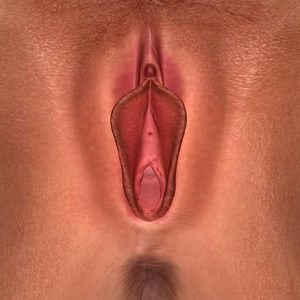Whilst most women will have a period every month, some women will have slightly longer or slightly shorter menstrual cycles. This is absolutely normal. The average menstrual cycle for an adult female is 28 to 35 days. Gynaecologists refer to day 1 of the menstrual cycle as being the first day of menstrual bleeding. By convention, the date of the last menstrual period refers to when the last period started (not when the bleeding finished). Many women bleed for 5 to 7 days.

When a woman in the reproductive age group “misses” a period, the possibility of pregnancy often comes to mind, and a pregnancy test may be useful if this is a possibility.
Other common causes for irregular periods include:
These women often have very infrequent periods. This is referred to as “oligomenorrhoea”. By definition, this includes all women whose menstrual cycle is longer than 6 weeks.
Sometimes, the periods will become so irregular that the periods actually stop in women who are affected by the above conditions. When there has been no period for over 6 months, this is referred to as secondary amenorrhoea.
Less common causes for periods stopping include:
Girls who have not had a period by the age of 15 should have a gynaecological evaluation for possible causes of “primary amenorrhoea”. Moreover, girls who have not developed secondary sexual characteristics (e.g. breast development) by the age of 13 should be investigated for delayed puberty.
In addition to the above causes for secondary amenorrhoea, girls presenting with primary amenorrhoea may have other abnormalities, such as:
 Intermenstrual Bleeding
Intermenstrual BleedingSome women will experience vaginal bleeding between the expected menstrual periods. Whilst there may not be anything sinister causing this, a thorough gynaecological assessment is important to look for a possible cause. This intermenstrual bleeding may be due to breakthrough bleeding, often seen in women who are on hormonal contraception. Other possible causes include abnormal growths within the uterus, which are often benign (e.g.endometrial polyps), but the possibility of more sinister cancerous and precancerous changes of the uterus needs to be excluded.
